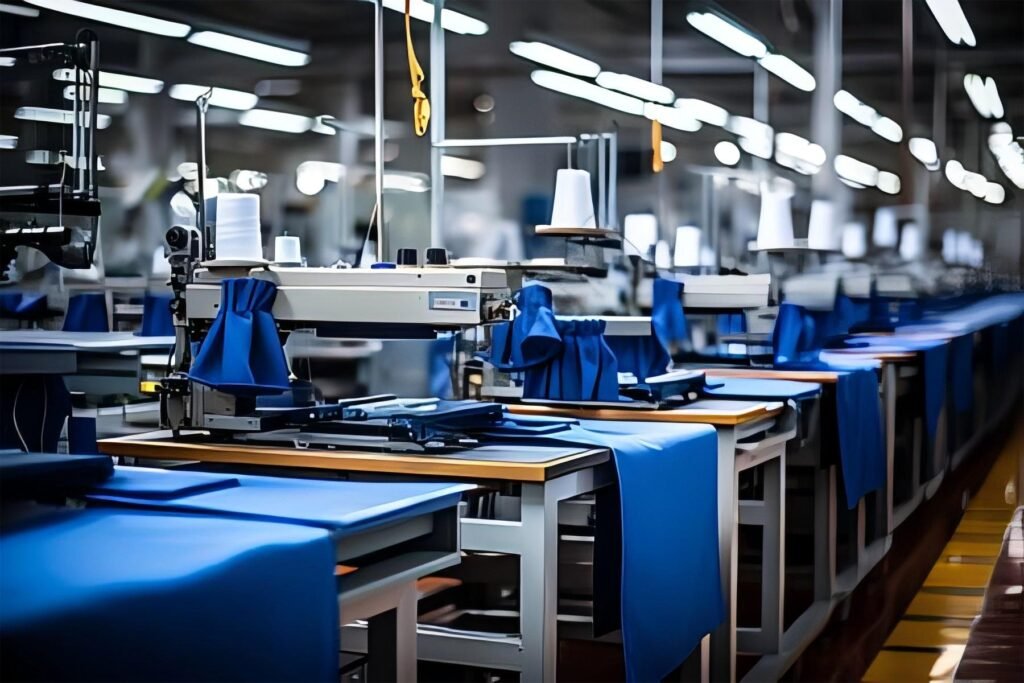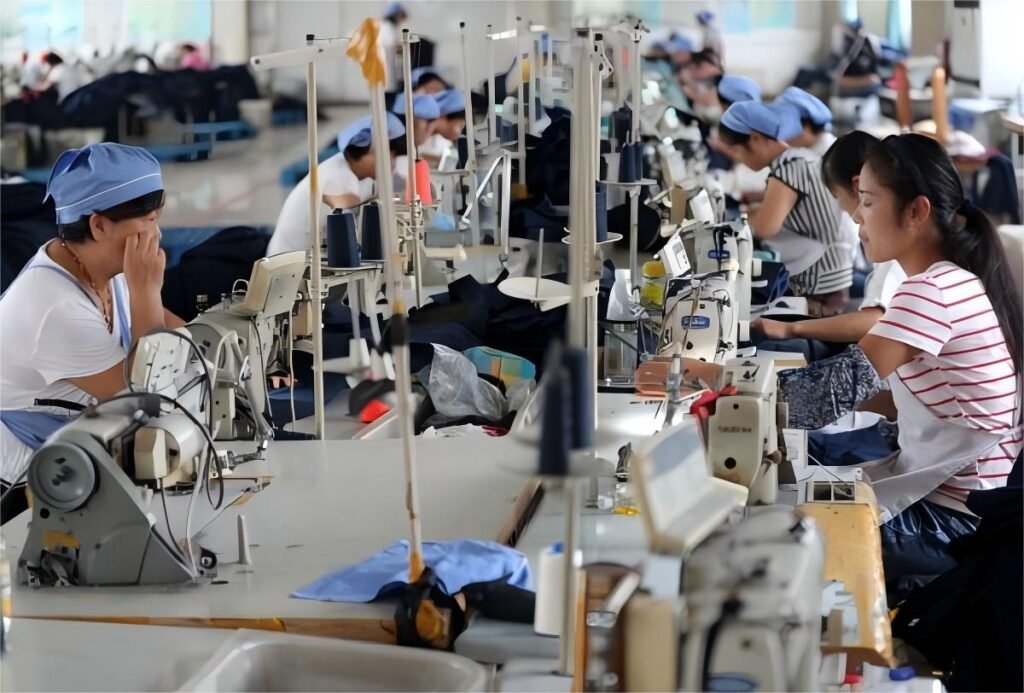No products in the cart.
Custom Yoga Pants
Buying Bulk Clothes: Cost-Effective Solutions for Retailers and Boutiques
Buying Bulk Clothes: Cost-Effective Solutions for Retailers and Boutiques
Introduction: The Benefits of Buying Bulk Clothes for Retailers and Boutiques
In the competitive world of retail, finding cost-effective solutions is crucial for the success of any business. One such solution that has gained popularity among retailers and boutiques is buying clothes in bulk. This practice offers numerous benefits, including cost savings, increased profit margins, and improved inventory management. In this article, we will explore the concept of buying bulk clothes, its advantages, and how it can help retailers and boutiques maximize profitability.
Understanding the Concept of Buying Bulk Clothes
Buying clothes in bulk refers to purchasing a large quantity of garments from suppliers or manufacturers at a discounted price. This practice is commonly used by retailers and boutiques to stock up on inventory and meet the demands of their customers. By buying in bulk, businesses can take advantage of economies of scale, which allows them to negotiate better prices and reduce per-unit costs.
Advantages of Buying Clothes in Bulk for Retailers and Boutiques
There are several advantages to buying clothes in bulk for retailers and boutiques. Firstly, it allows businesses to save money by taking advantage of wholesale prices. Suppliers often offer significant discounts for bulk orders, enabling retailers to purchase garments at a fraction of the regular retail price. This cost savings can be passed on to customers, making the products more affordable and attractive.
Secondly, buying in bulk helps retailers and boutiques increase their profit margins. By purchasing clothes at a lower cost, businesses can sell them at a higher price, resulting in a higher profit margin per unit. This increased profitability can be reinvested into the business, allowing for expansion, marketing efforts, or even offering additional discounts to customers.
Cost-Effective Solutions: How Buying Bulk Clothes Saves Money
Buying clothes in bulk offers several cost-effective solutions for retailers and boutiques. Firstly, it reduces the cost per unit. When purchasing in bulk, suppliers often offer discounted prices, allowing businesses to acquire garments at a lower cost compared to buying them individually. This cost savings can be substantial, especially when ordering large quantities.
Additionally, buying in bulk reduces shipping and handling costs. Instead of placing multiple small orders, retailers can consolidate their purchases into one large order, reducing shipping fees and minimizing the time and effort required for handling and processing individual shipments. This streamlined approach not only saves money but also improves operational efficiency.
Finding Reliable Suppliers for Bulk Clothes
Finding reliable suppliers is crucial when buying clothes in bulk. Retailers and boutiques should conduct thorough research to identify reputable suppliers who offer high-quality garments at competitive prices. Online directories, trade shows, and industry networks can be valuable resources for finding reliable suppliers. It is essential to review supplier credentials, read customer reviews, and request samples before committing to a partnership.
Negotiating Prices and Discounts for Bulk Clothing Orders
Negotiating prices and discounts is an integral part of buying clothes in bulk. Retailers and boutiques should leverage their purchasing power to secure the best possible deals. Suppliers are often willing to negotiate prices, especially for large orders. By demonstrating a commitment to a long-term partnership and highlighting the potential for future business, retailers can negotiate favorable terms, such as lower prices, volume discounts, or even exclusive deals.
Quality Control: Ensuring the Standard of Bulk Clothes
Maintaining quality control is essential when buying clothes in bulk. Retailers and boutiques should establish clear quality standards and communicate them to suppliers. Regular inspections and quality checks should be conducted to ensure that the garments meet the desired specifications. This attention to quality control helps businesses maintain their reputation and ensures customer satisfaction.

Managing Inventory and Storage for Bulk Clothing Orders
Managing inventory and storage is a critical aspect of buying clothes in bulk. Retailers and boutiques should carefully plan their inventory levels to avoid overstocking or running out of popular items. Efficient inventory management systems, such as barcode scanning or inventory tracking software, can help businesses keep track of their stock levels and streamline the ordering process. Additionally, adequate storage facilities should be in place to protect the garments from damage and ensure their longevity.
Marketing and Selling Bulk Clothes: Strategies for Retailers and Boutiques
Marketing and selling bulk clothes require a strategic approach. Retailers and boutiques can leverage the cost savings from buying in bulk to offer attractive discounts or promotions to customers. For example, they can advertise “buy one, get one free” offers or bundle multiple items together at a discounted price. These strategies not only attract customers but also help businesses move inventory quickly, ensuring a steady cash flow.
Dealing with Returns and Exchanges for Bulk Clothing Orders
Handling returns and exchanges for bulk clothing orders can be challenging. Retailers and boutiques should establish clear return policies and communicate them to customers. It is essential to strike a balance between customer satisfaction and protecting the business’s interests. Offering store credit or exchanges instead of cash refunds can help mitigate the financial impact of returns while still providing a satisfactory solution to customers.
Overcoming Challenges in Buying Bulk Clothes
While buying clothes in bulk offers numerous benefits, there are also challenges that retailers and boutiques may face. One common challenge is predicting customer demand accurately. Ordering too much inventory can lead to overstocking, tying up valuable capital and storage space. On the other hand, ordering too little can result in missed sales opportunities and dissatisfied customers. Retailers should analyze sales data, monitor market trends, and collaborate closely with suppliers to strike the right balance.
Another challenge is maintaining a diverse and appealing product range. Buying in bulk often means purchasing a large quantity of the same item or style. To cater to different customer preferences, retailers and boutiques should carefully curate their inventory, ensuring a mix of styles, sizes, and colors. This diversity helps attract a broader customer base and prevents the business from becoming too reliant on a single product.

Conclusion: Maximizing Profitability through Buying Bulk Clothes
Buying clothes in bulk offers cost-effective solutions for retailers and boutiques. By taking advantage of wholesale prices, negotiating discounts, and streamlining operations, businesses can save money, increase profit margins, and improve inventory management. However, it is crucial to find reliable suppliers, maintain quality control, and overcome challenges such as predicting customer demand and diversifying the product range. With careful planning and strategic execution, buying bulk clothes can be a profitable endeavor for retailers and boutiques, ensuring long-term success in the competitive retail industry.

